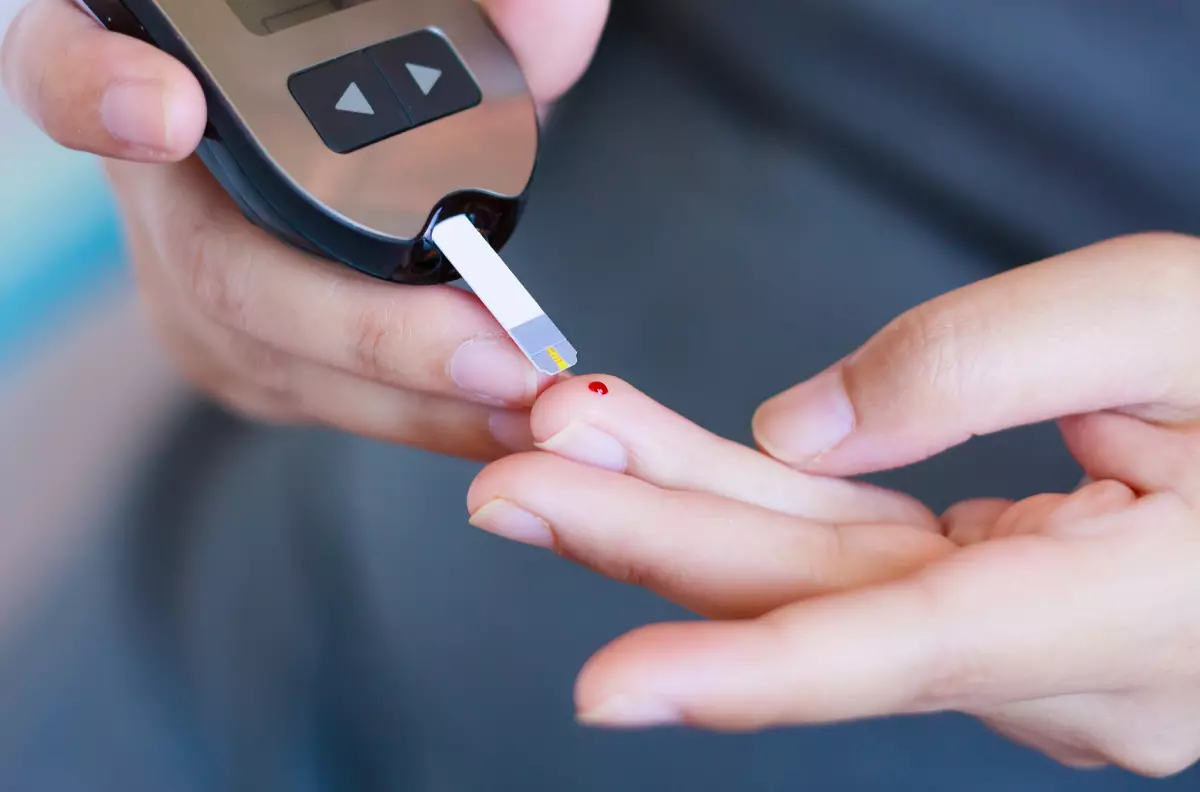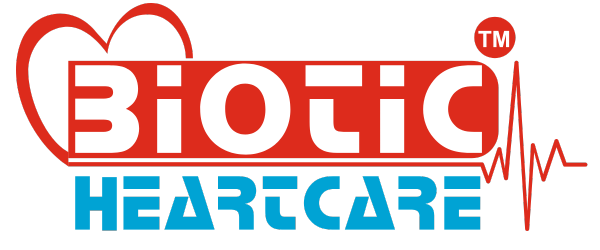Cardiac Arrest vs Heart Attack
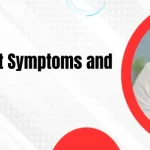
Cardiac Arrest Symptoms and Causes
July 12, 2024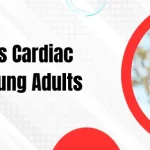
What Causes Cardiac Arrest in Young Adults
July 12, 2024- Cardiac Arrest vs Heart Attack
- Best Cardiac Diabetic PCD Company
- Best Cardiac PCD Franchise in India
- Best cardio diabetic PCD Franchise Companies
- Cardiac Pharma Franchise Company in India
- Cardiac Pharma Franchise Company India
- Cardiac Pharma Leader in India
- Leading Cardiovascular PCD Pharma Companies in India
- Top 10 Cardiac Diabetic PCD Companies in India
- Top Cardiac PCD Pharma Franchise Company
- AED
- Arrhythmias
- Atherosclerosis
- Best cardio diabetic PCD Franchise Companies
- cardiac and diabetic pcd company in India
- Cardiac Arrest
- cardiac diabetic pcd pharma franchise
- Cardiac PCD Business
- Cardiac PCD Business in India
- Cardiac PCD Franchise in India
- Cardiac PCD Pharma Franchise
- Cardiac Pharma Business Opportunities
- Cardiology
- Causes
- Cholesterol
- Coronary Artery Disease
- CPR
- Defibrillation
- Diabetes
- Emergency Medicine
- Exercise
- Family History
- First Aid
- Healthy Lifestyle
- Heart Attack
- Heart Conditions
- Hypertension
- Myocardial Infarction
- Obesity
- Resuscitation
- Risk Factors
- Smoking
- Stress Management
- Stroke
- Symptoms
- top cardiac diabetic pcd companies in india
- top diabetes pharma companies in India
- Treatment
- Ventricular Fibrillation
Table of Contents
ToggleCardiac Arrest vs Heart Attack: HeartMax Care
While cardiac arrest and heart attack, also known as myocardial infarction, are often used interchangeably, they are distinct medical emergencies with different causes, symptoms, and treatments. This article delves into the nuances of Cardiac Arrest vs Heart Attack, exploring their definitions, symptoms, causes, and treatment options. Understanding these differences is crucial for providing timely and appropriate care, potentially saving lives.
What is a Cardiac Arrest?
Cardiac arrest, unlike a heart attack, is a sudden, unexpected loss of heart function, breathing, and consciousness. It occurs when the heart’s electrical system malfunctions, causing the heart to stop beating effectively and disrupt blood flow to the brain and other vital organs. Immediate intervention with CPR and defibrillation is crucial to restore heart function and increase the chances of survival. Unlike a heart attack, which is often caused by a blockage in a coronary artery, cardiac arrest can happen without warning and requires immediate emergency response to prevent brain damage and death.
What are the symptoms of cardiac arrest?
Cardiac arrest symptoms appear suddenly and are often dramatic:
- Sudden Collapse: The individual may suddenly lose consciousness and fall to the ground.
- No Pulse: There will be no detectable pulse, as the heart has stopped beating.
- No Breathing or Gasping: The person will not be breathing or may exhibit agonal respirations, which are inadequate gasps.
- Loss of Consciousness: The individual will not respond to shouting or shaking.
Causes of Cardiac Arrest
Several factors can trigger cardiac arrest:
- Arrhythmias: Abnormal heart rhythms, especially ventricular fibrillation (VF) and ventricular tachycardia (VT), can cause the heart to stop.
- Heart Attack: A heart attack can lead to cardiac arrest if the damaged heart muscle disrupts the heart’s electrical signals.
- Cardiomyopathy: Diseases that enlarge or thicken the heart muscle can cause electrical disruptions.
- Congenital Heart Disease: Inherited heart conditions can lead to sudden cardiac arrest.
- Severe Physical Stress: Severe lack of oxygen, blood loss, or extreme physical exertion can trigger cardiac arrest.
- Drug Overdose: Certain drugs, particularly stimulants and those affecting the heart’s rhythm, can induce cardiac arrest.
What is a Heart Attack?
A heart attack, or myocardial infarction, occurs when blood flow to a part of the heart is blocked, usually by a blood clot. This blockage prevents oxygenated blood from reaching the heart muscle, causing tissue damage. The lack of oxygen and nutrients can lead to chest pain or discomfort (angina) and potentially irreversible damage to the heart muscle if not treated promptly. Prompt medical intervention, such as thrombolytic therapy or coronary angioplasty with stenting, aims to restore blood flow and minimize heart muscle damage.
Symptoms of a Heart Attack
Heart attack symptoms can vary but often include:
- Chest Pain or Discomfort: This is the most common symptom, often described as pressure, tightness, or squeezing in the chest.
- Upper Body Pain: Pain can radiate to the arms, back, neck, jaw, or stomach.
- Shortness of Breath: Difficulty breathing often accompanies chest discomfort.
- Nausea and Vomiting: Some people experience nausea, vomiting, or lightheadedness.
- Cold Sweats: Sudden sweating can be a sign of a heart attack.
- Fatigue: Unusual or unexplained fatigue, especially in women, can indicate a heart attack.
Causes of a Heart Attack
The primary cause of a heart attack is coronary artery disease (CAD):
- Plaque Buildup: Over time, plaques made up of fat, cholesterol, and other substances build up in the coronary arteries, narrowing them.
- Blood Clot: When a plaque ruptures, a blood clot can form, blocking blood flow to the heart muscle.
- Spasm: A coronary artery spasm can temporarily stop blood flow to part of the heart muscle.
Key Differences Between Cardiac Arrest and Heart Attack
Understanding the key differences between cardiac arrest and a heart attack(Cardiac Arrest vs Heart Attack) can aid in providing appropriate care.
Nature of the Condition
- Cardiac Arrest: An electrical problem that causes the heart to stop beating suddenly.
- Heart Attack: A circulation problem where a blockage in the coronary arteries prevents blood flow to the heart muscle.
Onset of Symptoms
- Cardiac Arrest: Symptoms are immediate and severe, leading to sudden collapse, loss of consciousness, and no pulse.
- Heart Attack: Symptoms may start slowly with discomfort or pain and can persist for hours or even days before escalating.
Response and Treatment for The Cardiac Arrest vs Heart Attack
- Cardiac Arrest:
- Immediate CPR: Cardiopulmonary resuscitation (CPR) must be started immediately to maintain blood flow to vital organs.
- Defibrillation: An automated external defibrillator (AED) can be used to deliver a shock to the heart to restore a normal rhythm.
- Emergency Medical Care: Immediate medical intervention is critical.
- Heart Attack:
- Medication: Aspirin to reduce blood clotting, nitroglycerin to relieve chest pain, and clot-busting drugs if appropriate.
- Angioplasty and Stenting: Procedures to open blocked arteries and restore blood flow.
- Surgery: In some cases, coronary artery bypass grafting (CABG) may be necessary to restore blood flow.
Overlapping Conditions of The Cardiac Arrest vs Heart Attack
While cardiac arrest and heart attack (Cardiac Arrest vs Heart Attack) are distinct medical emergencies, they are interconnected. A heart attack can lead to cardiac arrest if the heart muscle becomes electrically unstable due to the lack of oxygenated blood flow. Prompt recognition and treatment of a heart attack are crucial as it can prevent a subsequent cardiac arrest. Immediate medical intervention, such as administering clot-busting medications or performing procedures like angioplasty and stenting, aim to restore blood flow to the heart muscle and reduce the risk of complications, including cardiac arrest.
Prevention and Risk Management
For Cardiac Arrest
- Monitor Heart Health: Regular check-ups to detect and manage heart conditions.
- Healthy Lifestyle: A balanced diet, regular exercise, avoiding smoking, and managing stress.
- Medication Compliance: Following prescribed treatments for existing heart conditions.
For Heart Attack
- Manage Risk Factors: Control blood pressure, cholesterol, and diabetes.
- Healthy Diet and Exercise: Maintain a heart-healthy diet and regular physical activity.
- Avoid Tobacco and Limit Alcohol: Smoking cessation and moderate alcohol consumption.
Conclusion
Cardiac Arrest vs Heart Attack (Cardiac arrest and heart attack) are serious medical emergencies requiring immediate attention. Recognizing the differences between the two, such as Cardiac Arrest vs Heart Attack, can aid in timely intervention and treatment, potentially saving lives. By understanding the symptoms, causes, and appropriate responses, individuals can be better prepared to act swiftly in case of an emergency. Regular health check-ups, a healthy lifestyle, and awareness of heart health can significantly reduce the risks associated with these conditions.
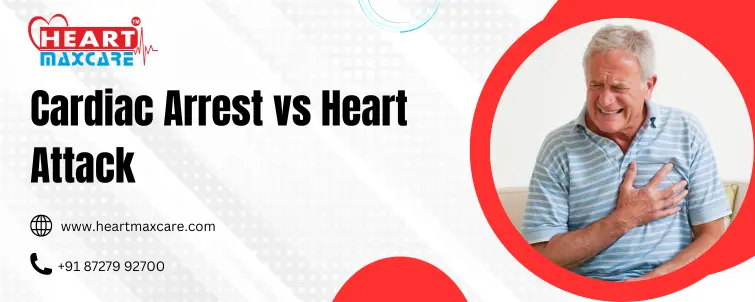
Both cardiac arrest and heart attack (Cardiac Arrest vs Heart Attack) require swift action and understanding their distinctions can be critical for effective response. While a heart attack involves a blockage in the coronary arteries, leading to heart muscle damage, cardiac arrest is an abrupt malfunction of the heart’s electrical system, causing it to stop beating. Immediate CPR and defibrillation are essential in cardiac arrest, whereas a heart attack may require clot-busting medications or surgical procedures. Awareness campaigns and community training in CPR and first aid are vital in empowering individuals to respond effectively in emergencies, potentially saving lives and minimizing long-term health consequences.
Get in touch with us!
Contact Heartmax Care for Cardiac Arrest vs Heart Attack or across different parts of PAN India. We will be happy to work with you!
- Heartmax Care (A Division of Biotic Healthcare Pvt. Ltd.)
- Head Office: Plot No. 43, Basement, Industrial Area Phase – 2, Panchkula – 134 113 India
- Phone Number: +91 87279 92500, +91 87279 92700
- Website: www.heartmaxcare.com
- Email: marketing.biotic@gmail.com
FAQs
- Q: What is the difference between cardiac arrest and heart attack?
A: Cardiac arrest vs heart attack: A heart attack occurs when blood flow to the heart is blocked, usually by a clot. In contrast, cardiac arrest is a sudden loss of heart function, typically due to an electrical malfunction in the heart that causes it to stop beating. - Q: How can I recognize the symptoms of cardiac arrest vs heart attack?
A: Understanding cardiac arrest vs heart attack symptoms is crucial. A heart attack may present with chest pain, shortness of breath, and discomfort in the upper body. On the other hand, cardiac arrest often happens suddenly, with the person collapsing and becoming unresponsive. - Q: What should I do in case of cardiac arrest vs heart attack?
A: In both cases, immediate action is vital. Call emergency services right away. For a heart attack, chewing aspirin can help. In cardiac arrest, starting CPR immediately can significantly improve chances of survival. - Q: Can lifestyle changes reduce the risk of cardiac arrest vs heart attack?
A: Yes, adopting a healthy lifestyle can lower the risk of both conditions. Regular exercise, a balanced diet, managing stress, and avoiding smoking can contribute to better heart health and reduce the likelihood of experiencing cardiac arrest or heart attack.


